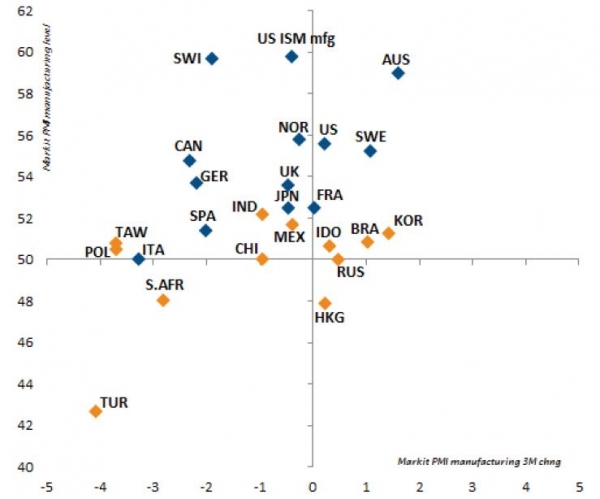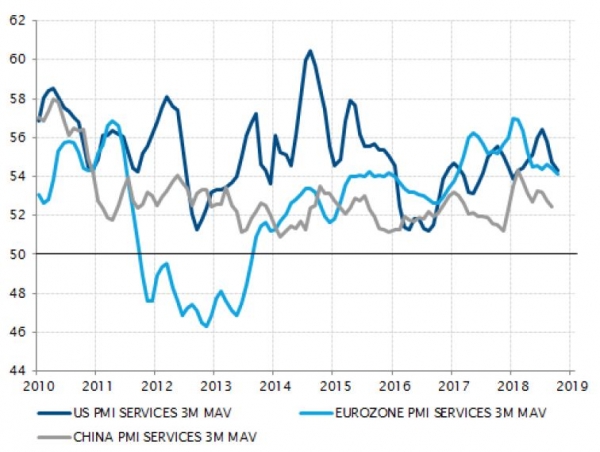As far as fears are concerned, investors were spoiled this year for Halloween. They went through one of the most terrifying months, spooked by a set of characters including Donald Trump, Jerome Powell and Matteo Salvini.
Despite legitimate fears surrounding China or peak earnings, the real trigger of the October market correction is linked to the sudden reappearance of TIARA. No, not a hurricane, not serial killer doll Chucky’s sister, but the acronym for ‘there is a real alternative’. TIARA is the new substitute, after a decade of financial repression, for ‘there is no alternative’, or TINA. In other words, for the first time since the Great Financial Crisis, US treasury bills are yielding more than inflation. US investors no longer need to take additional – and perhaps unwanted – risks in order to preserve the purchasing power of their savings.
If the recent fall in stock markets had been mainly caused by recession fears, usual safe havens such as long-term US treasuries or the Swiss franc would have posted gains last month. However, this was not the case. The return of TIARA, signalled by the Fed and Jerome Powell in their September meeting, now acts as a powerful magnet, draining cash outside assets that do not offer sufficient compensation against the return of a simple deposit account.
This could be seen as the late stage of US monetary policy normalisation if, as we expect, there are no excessive inflationary pressures requiring the Fed to adopt an even tighter policy. This long, gradual and quite hectic process started more than five years ago with Ben Bernanke and the Taper Tantrum. Many assets valuations have already more or less adjusted since then: gold, EM assets – which moved in parallel with Fed hike expectations – and even some parts of the equity markets, such as US small caps or the technology sector. Until recently, these were defying the gravity law of cash yield.
The recent equity sell-off may thus be interpreted as a healthy rebalancing-correction. In this context, we still want to keep equity risk in our portfolios, as valuations have now improved, growth prospects remain supportive and inflation is not a real threat. However, we still dislike duration and above all credit, given the asymmetry between potential gains and losses. Quite bluntly, as the Fed is now trying to remove the 30-year old Greenspan put, asset allocators should reconsider whether duration will continue to act as a buffer in volatile market environments, or if credit will still exhibit higher risk-adjusted returns than equities going forward. A mix of gold and yielding US dollar cash may likely be helpful to counterbalance equity risk and thus stabilise overall portfolio volatility.
_Fabrizio Quirighetti






